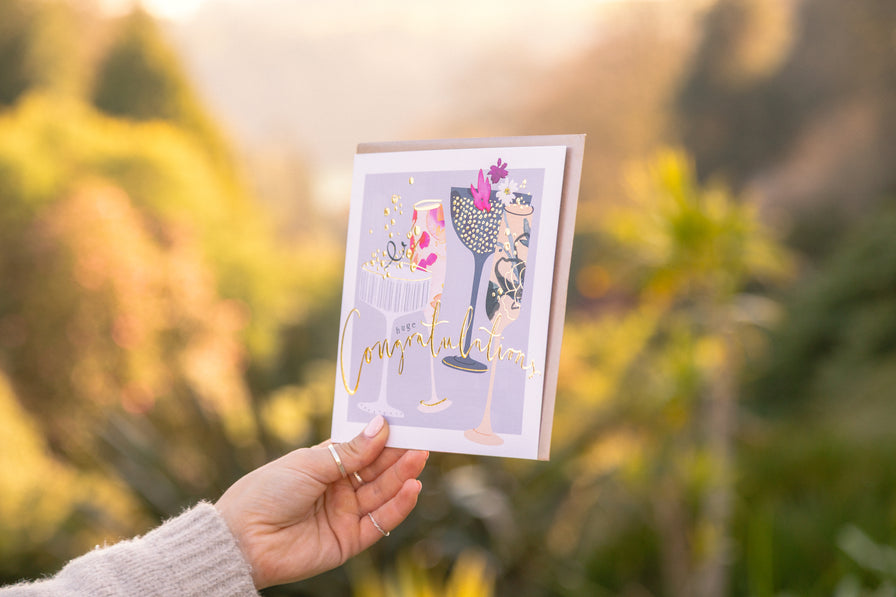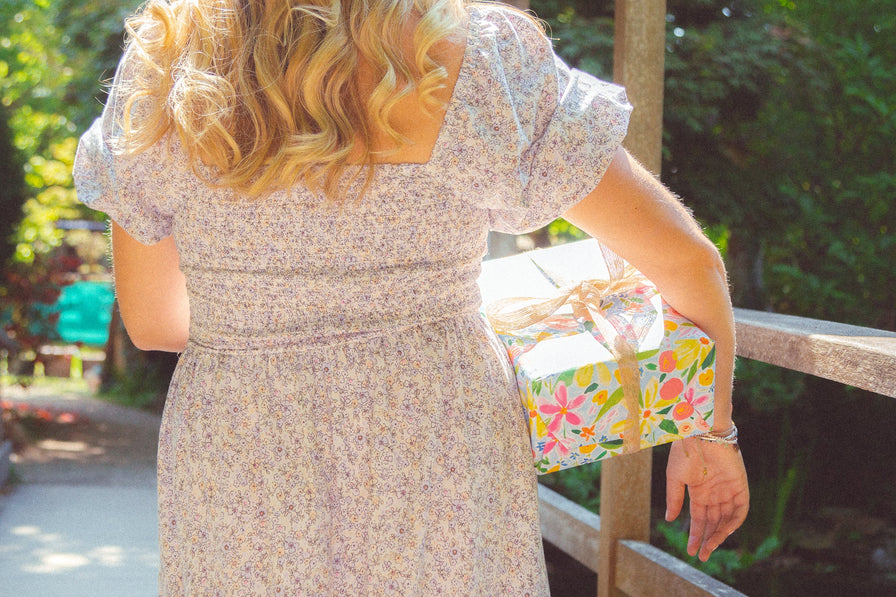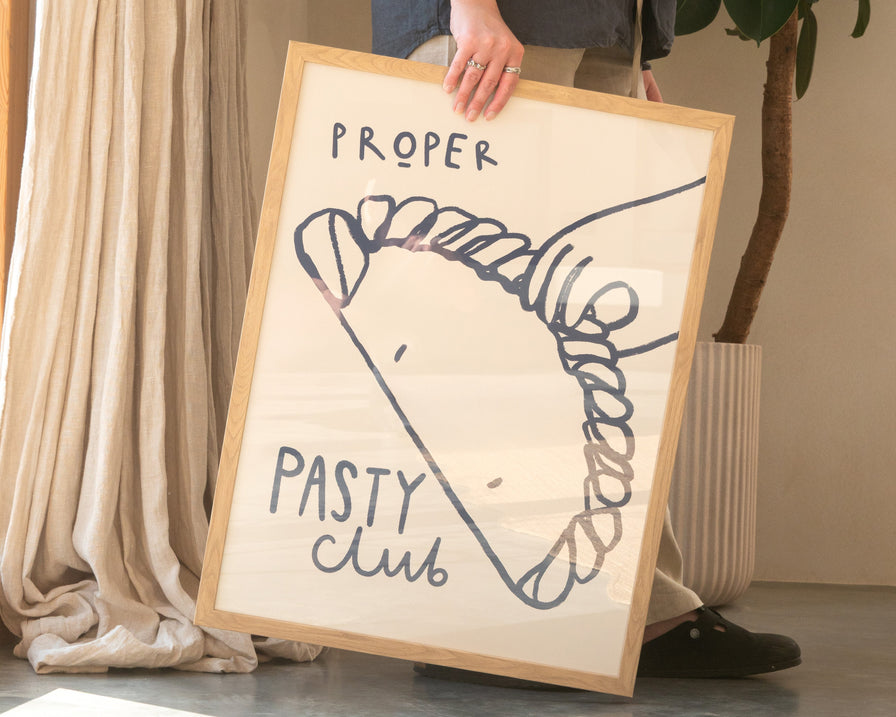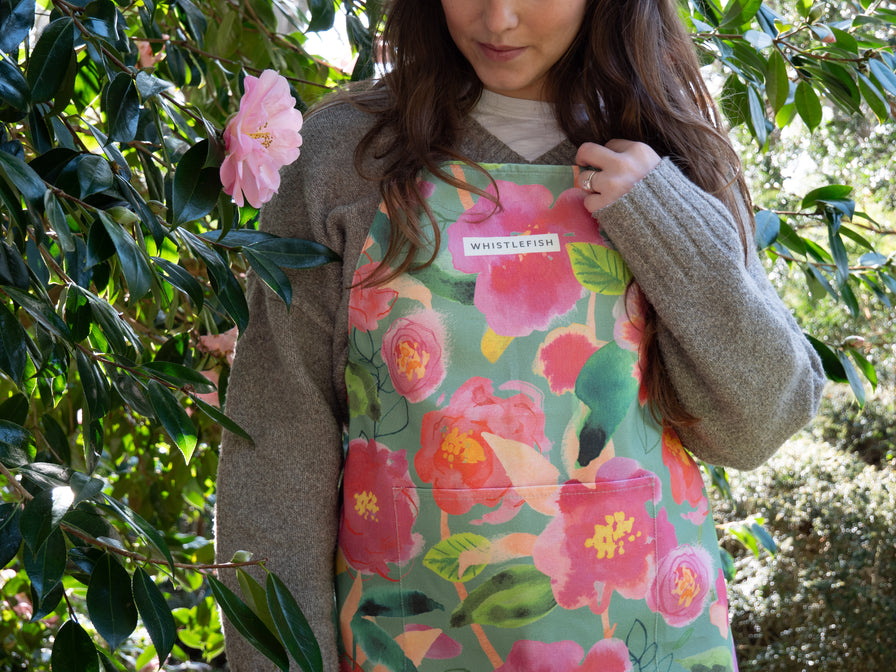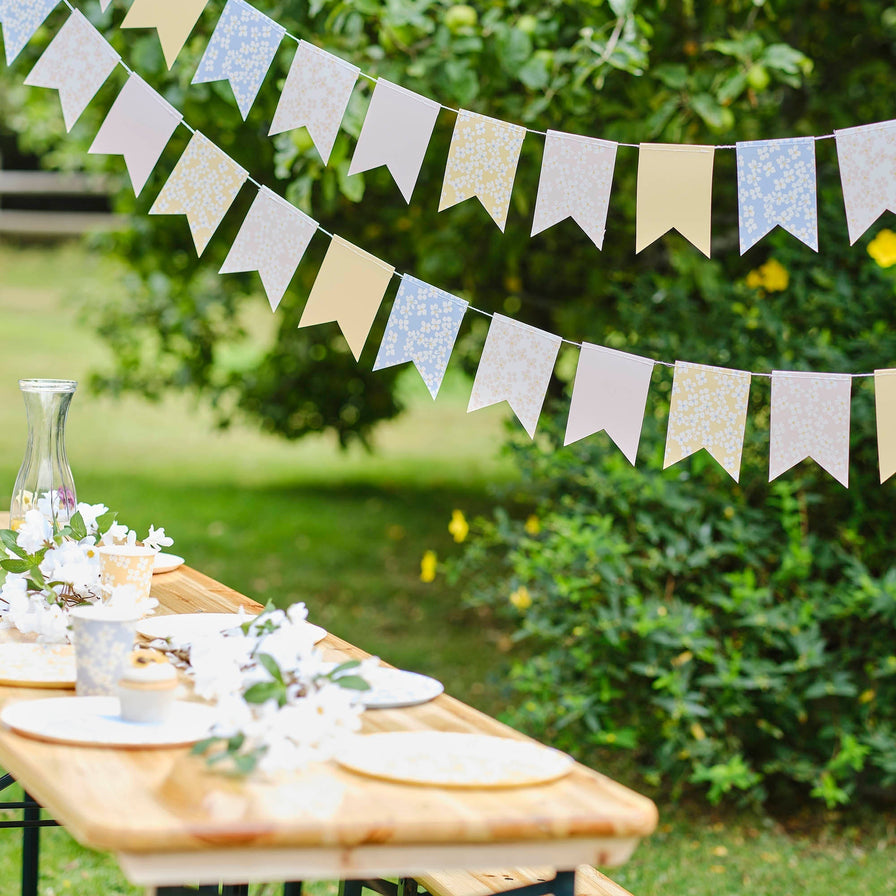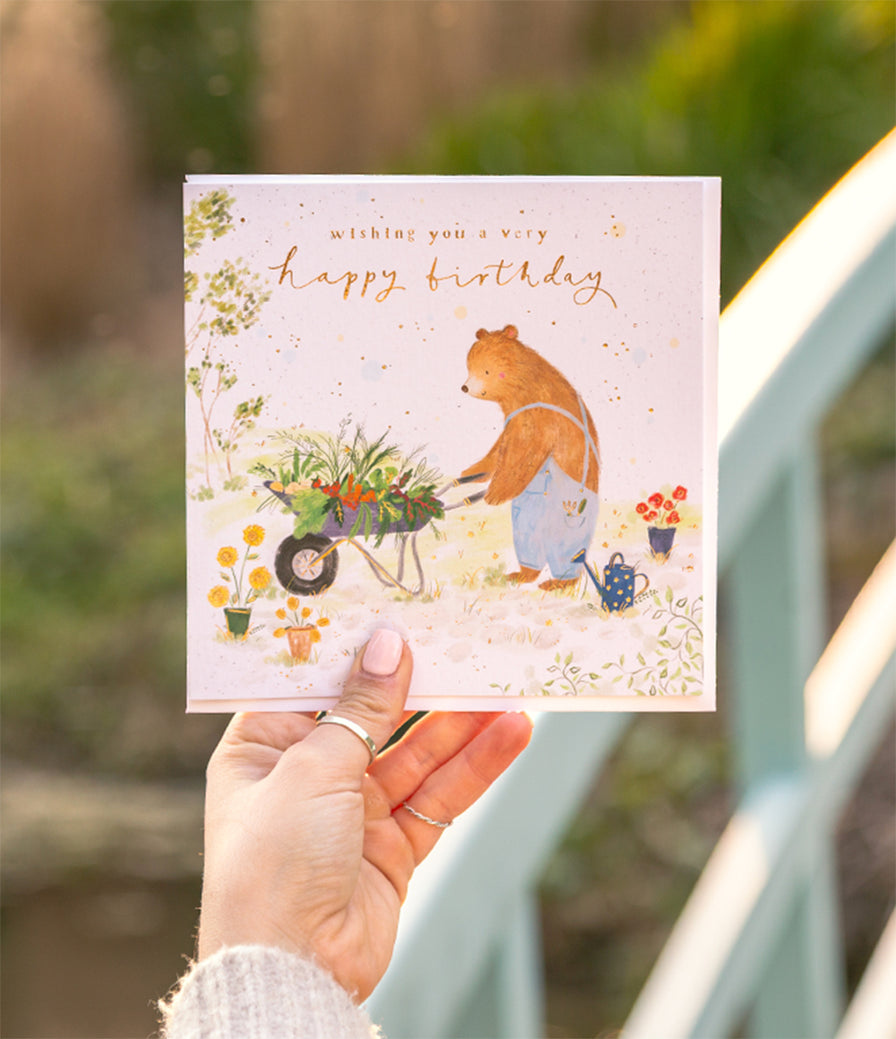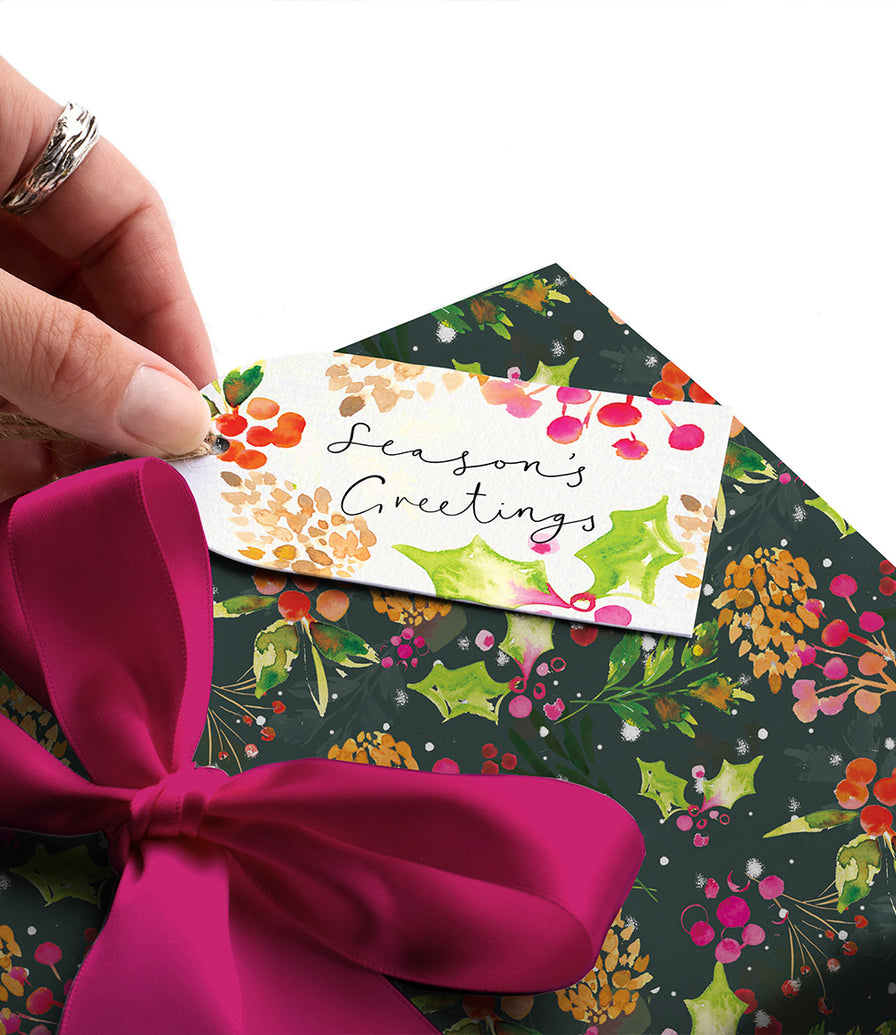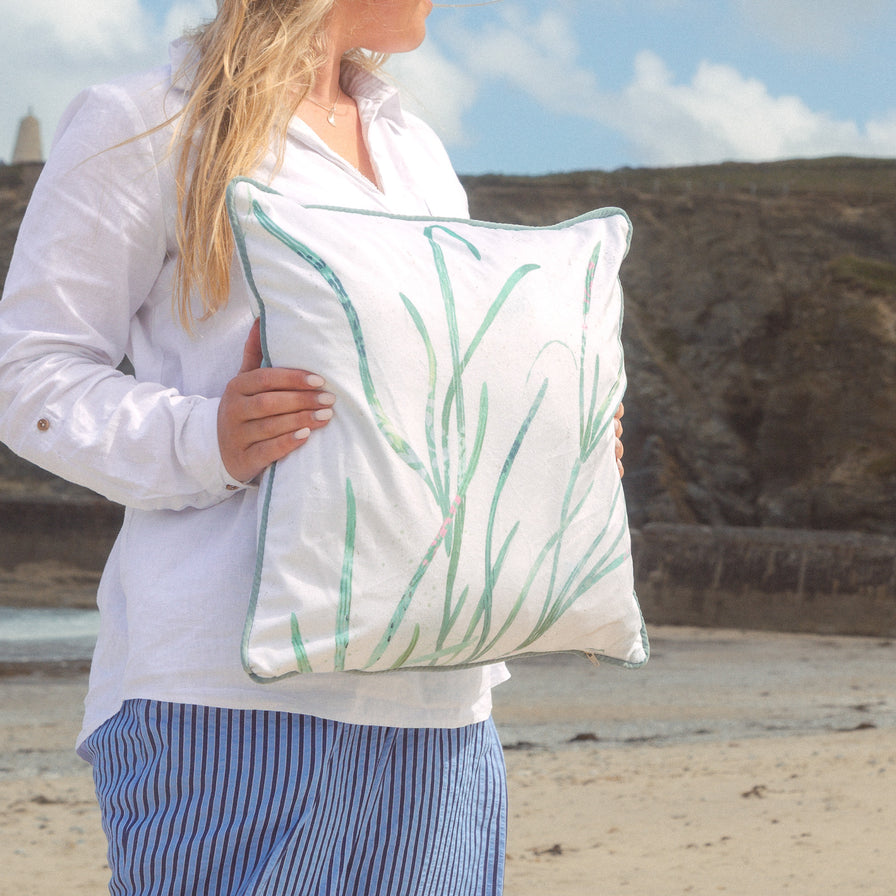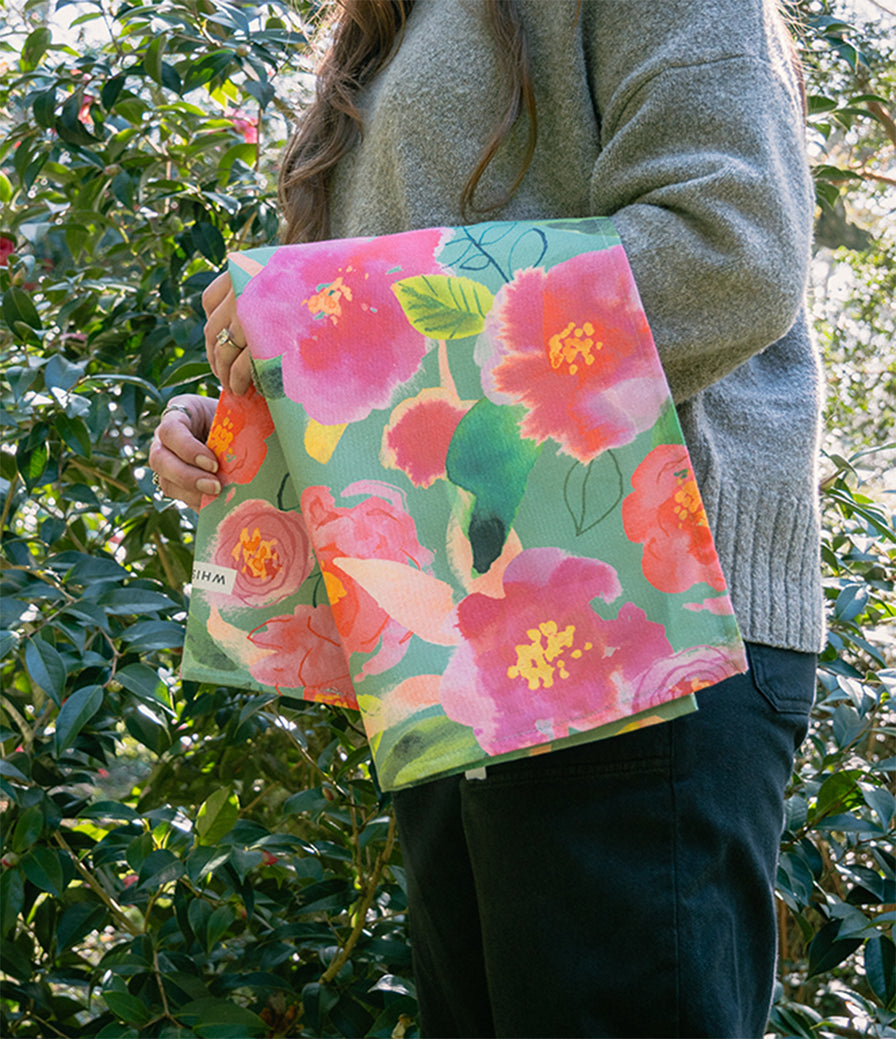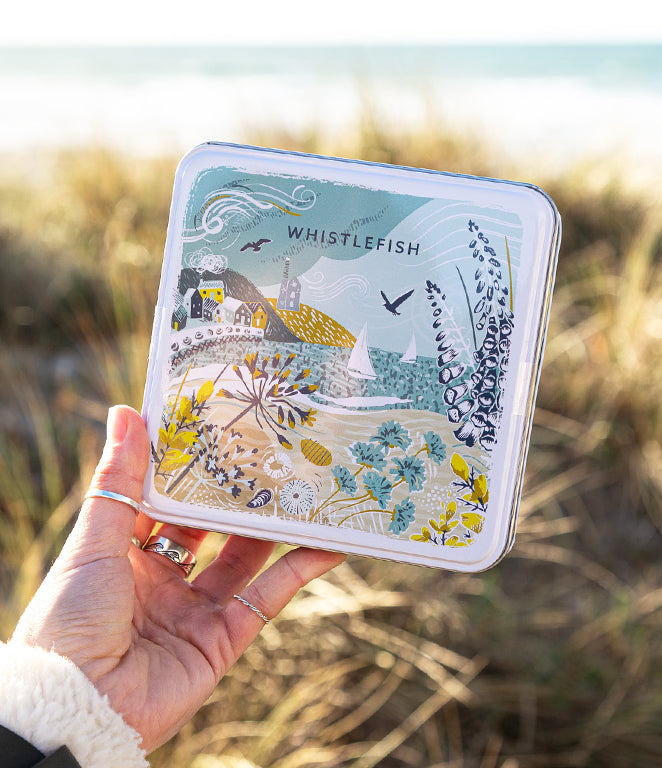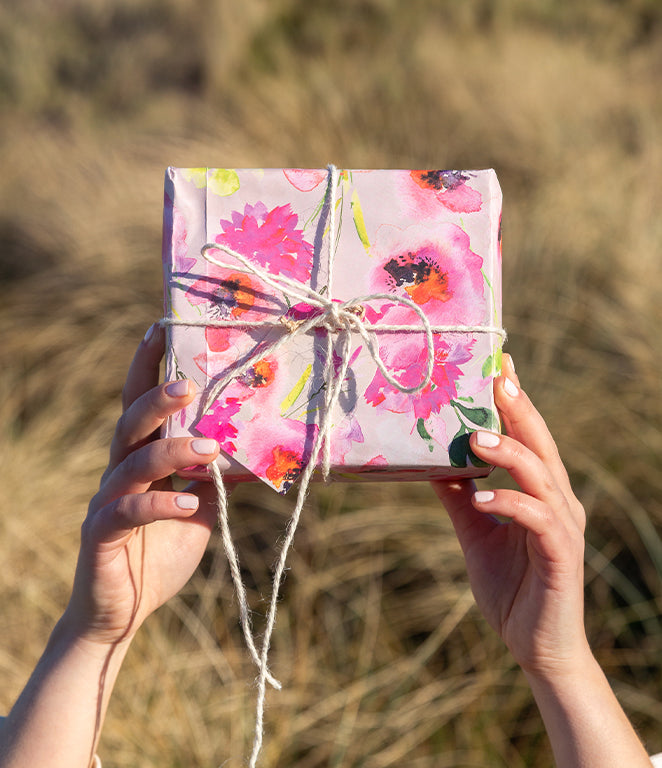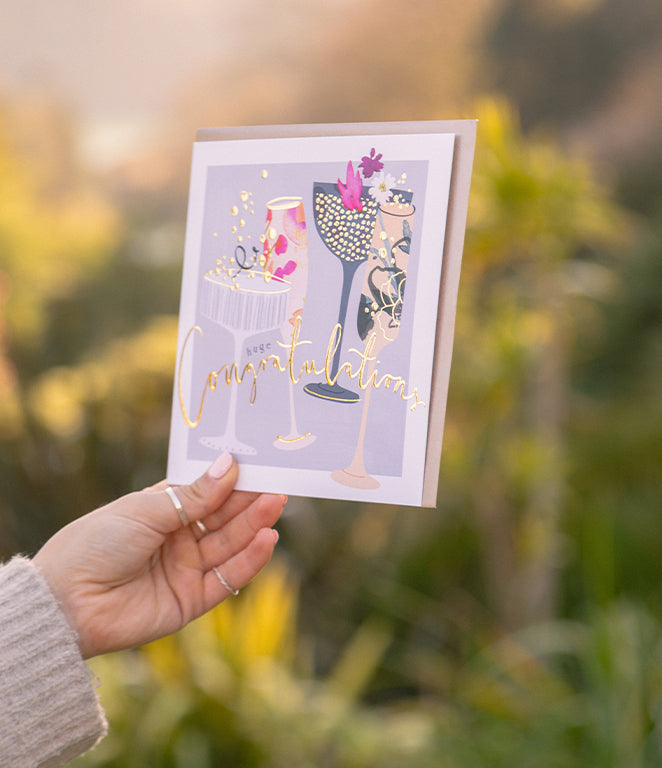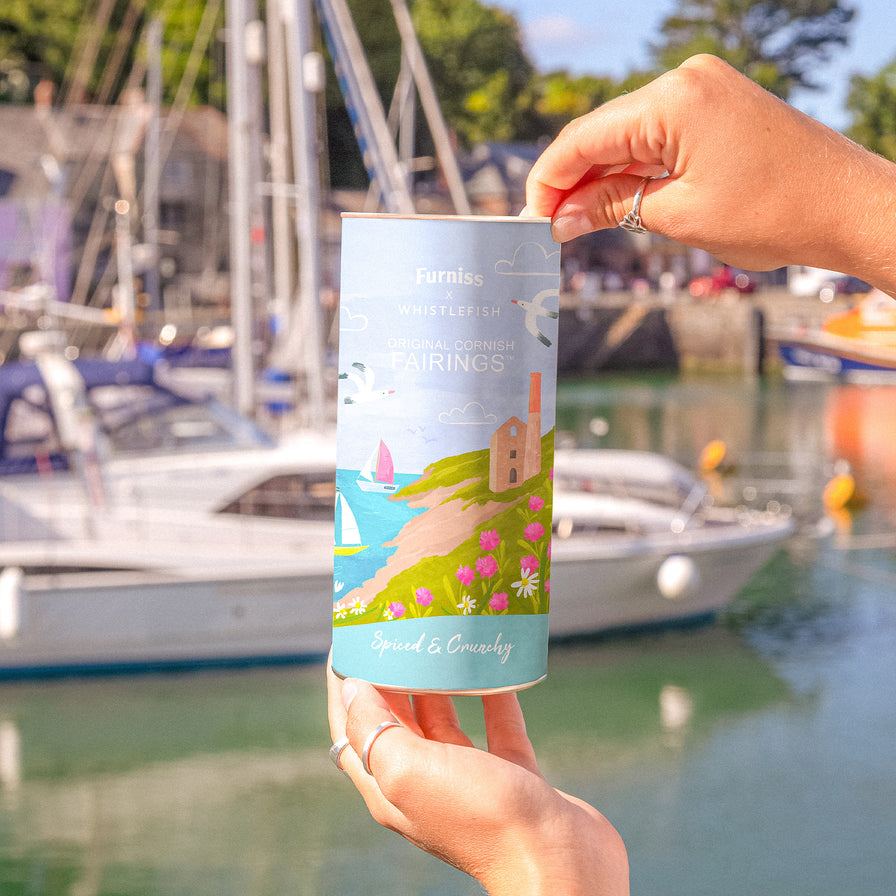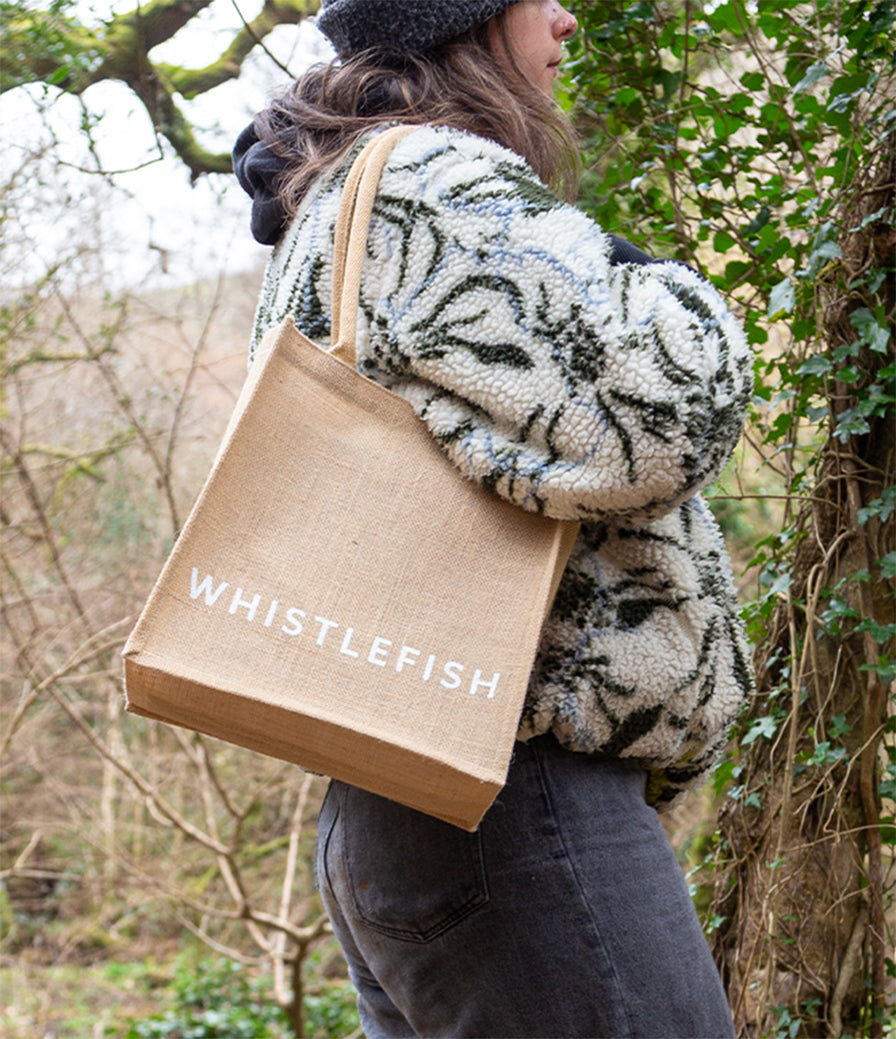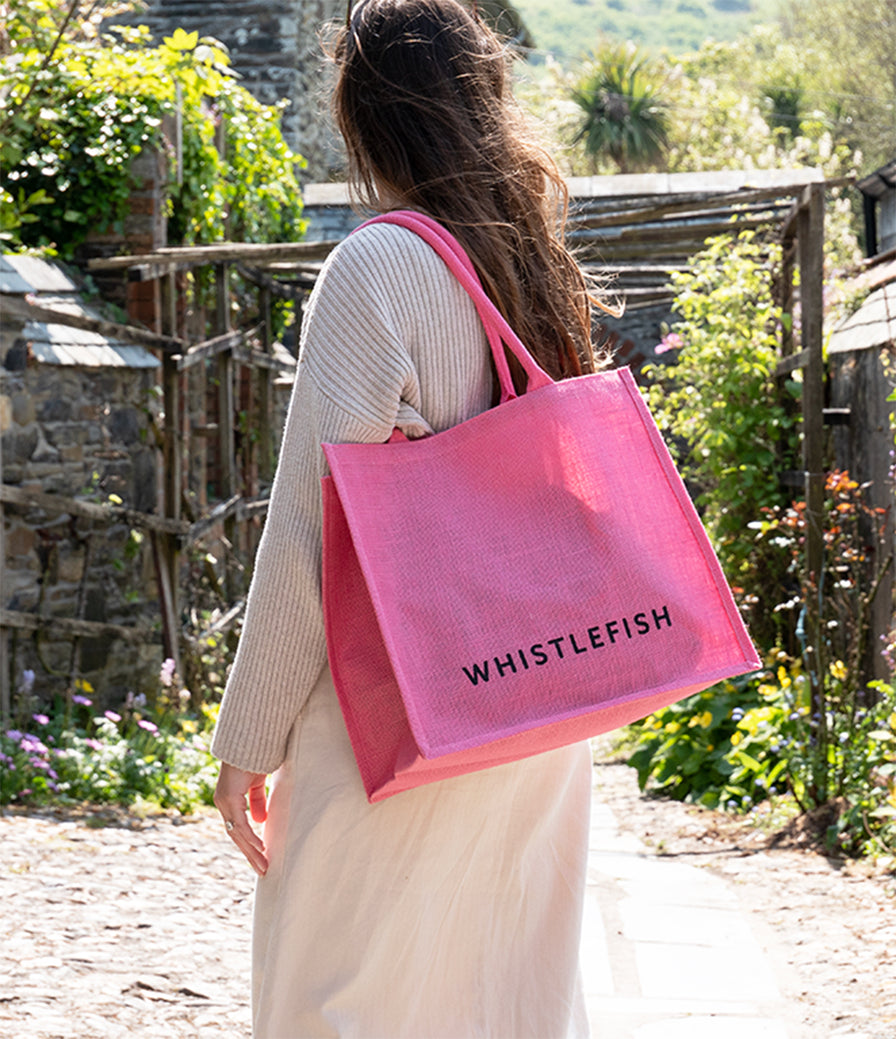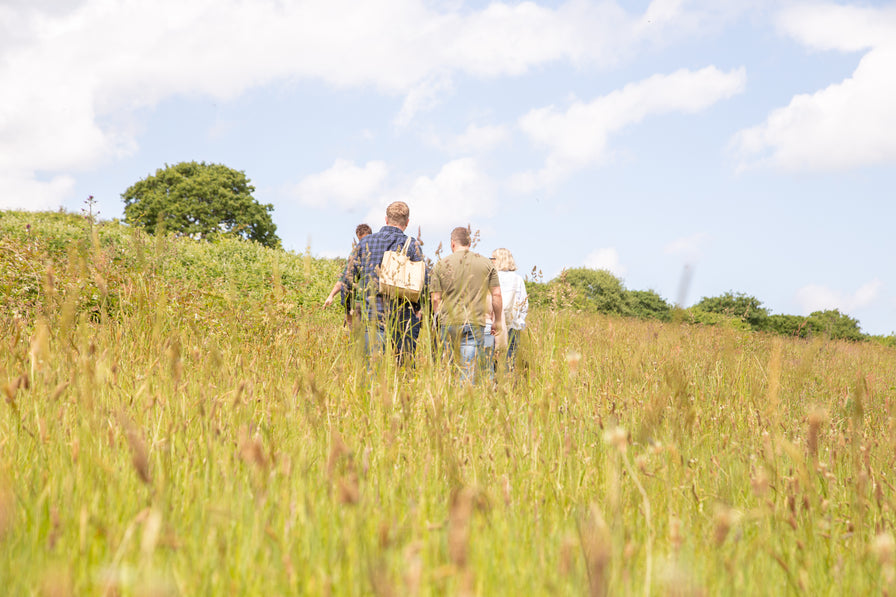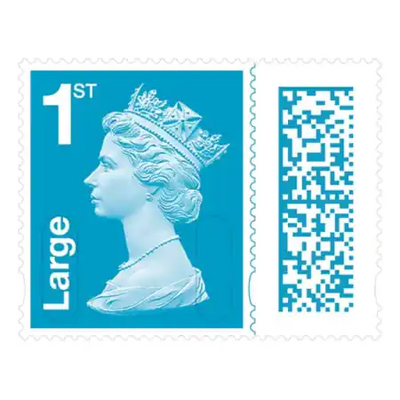Preserving the Legacy: The Decline of Heavy Horses as a Breed and Why It Matters
Different types of Heavy Horses
The Shire Horse

The Shire Horse is named after the shires of the British countryside. Known for their height and strength, these horses have large hooves, feathered legs, and calm, gentle temperaments.
Descended from The Great Horse, they once carried warriors into battle under 400 lbs of armour. Later they became indispensable farm workers until motor engines reduced their numbers dramatically, leading to their current endangered status.
They weigh between 1800 lbs to 2400 lbs and stand from 16.2hh to 18.3hh. A slight Roman nose is a common feature. Today, they can be found pulling barges, in brewery promotions, logging work, and increasingly as riding horses for gentle hacking.
The Percheron

Bred as a cavalry horse in 19th-century France, the Percheron became a global workhorse. The French-bred are born black and gradually turn grey with age. Their stamina is renowned—they could cover 40 miles a day at a trot.
They stand 17hh–19hh, weigh 800kg–1250kg, and are often black or grey. Percherons are powerful, eager to please, and prized for their thick manes and tails, intelligence, and strength. Today, they are popular driving and riding horses.
The North American Belgian Draft

David Mouland with his Belgian Draught Horses
This American-bred draft horse descends from Flemish, Brabant, and Ardennes stock. Originally imported from Belgium, they became popular for agricultural work and remain the most widely bred draft horse in the USA.
They are light chestnut with flaxen manes and tails, though they also come in bay, black, roan, and grey. Despite their size, their heads are well-shaped and elegant. Today, they're celebrated in farm work, parades, and competitions.
The Suffolk Punch

Pictured: Katy Barr with her prize-winning Suffolk Punch
The Suffolk Punch is critically endangered, with only 75 females in the UK. Always chestnut, they are short, strong, and eager workers.
The breed dates back to Crisps Horse, foaled in 1768. Compact and muscular, they weigh 900kg–1000kg and stand 16hh–17.2hh. They’ve long been reliable farm workers, and today they are also seen in promotional work and shows.
Despite being one of the oldest English horse breeds, the Suffolk’s numbers are dangerously low. But dedicated breeders and royal supporters continue to champion them.
The Clydesdale

Clydesdale horse pulling cart – photo by Alyssa Smolen
Known for their presence and silky feathering, Clydesdales typically stand 17hh–18hh. Their movement is striking, and their gentle nature makes them excellent for both riding and driving.
The breed traces back to the mid-18th century in Lanarkshire, Scotland. Once war horses and city workers, they too suffered from the rise of motorised transport.
Today, they are beloved by a small but passionate group of breeders and drivers. With only 250 foals per year, efforts to preserve this iconic Scottish breed continue to grow.
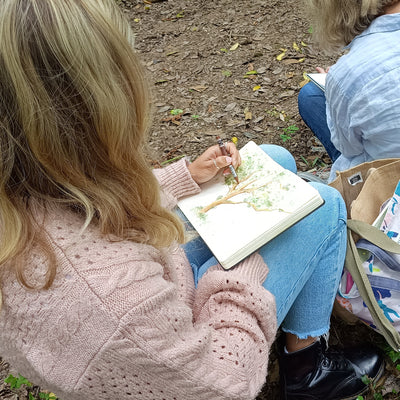
Whistlefsh Journal
All blogs are created by our wonderful in-house team.
Related Products
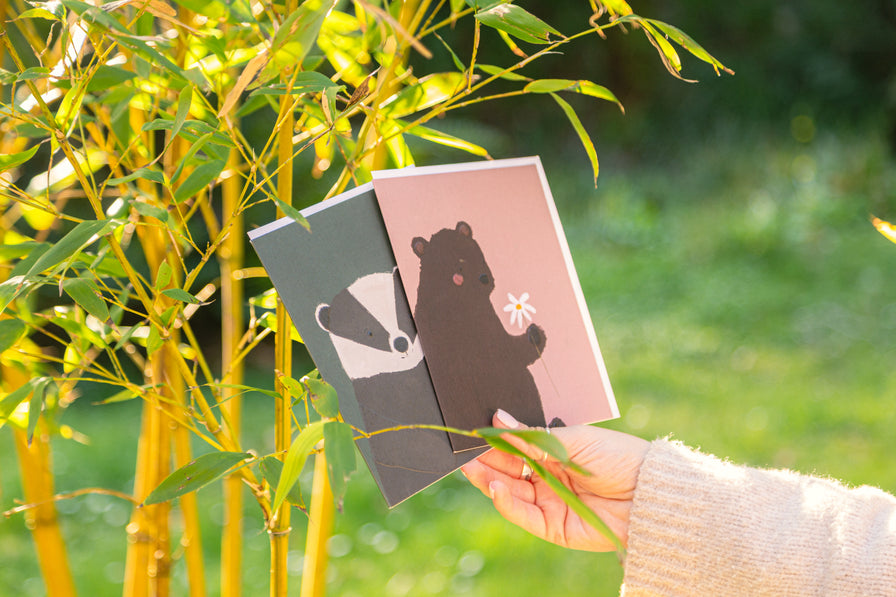
Our Offers
Discover

